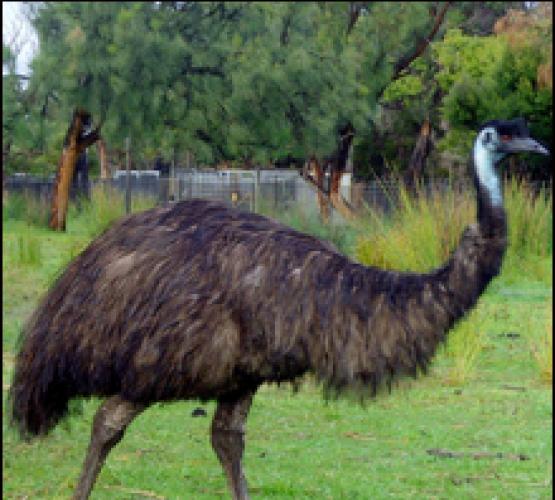- +61 8 9248 1984
-
WHITEMAN
13.0℃

Dromaius novaehollandiae
Least Concern
18 - 60 Kilograms
Being omnivorous, the Emu feeds on a combination of insects, fruits, leaves, grasses and flowers.
They are most common in areas of sclerophyll forest and savannah woodland, and least common in heavily populated districts and arid areas with annual precipitation of less than 600 millimetres.
The Emu belongs to the Ratite family; it is a large flightless bird. The Emu has the ability to run at speeds of approx 48km per hour. The Emu is found throughout Australia, excluding Tasmania. Being omnivorous, the Emu feeds on a combination of insects, fruits, leaves, grasses and flowers. The female will spend about 3 weeks laying a clutch of eggs. She then leaves the clutch to join a group of migrating Emus. The male incubates the eggs for approx 2 months. During this time he rarely moves to eat or drink. After he has hatched the eggs, he raises the chicks.